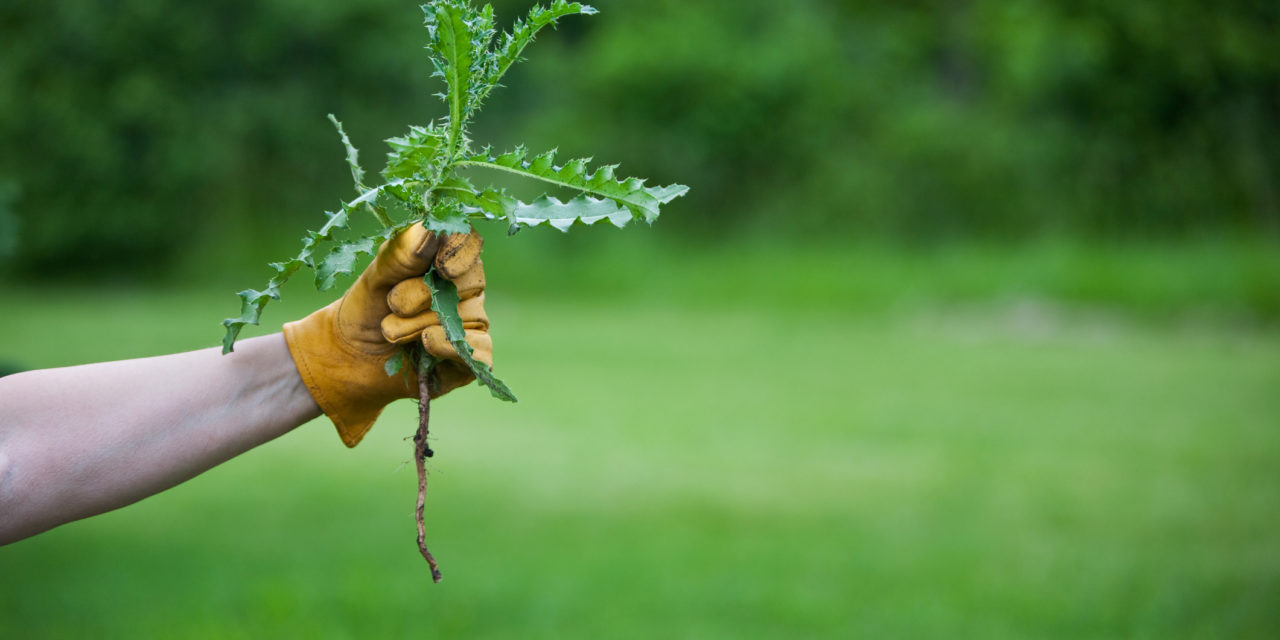Biological pest control uses natural enemies to reduce populations of invasive species while biological weed control uses living organisms to suppress growth of noxious weeds or those plants that meet at least one of the following criteria:
• Aggressively invasive to native or economically valuable plants
• Carrier of a destructive insect, parasite or disease
• Harmful to the sustainable management of natural or agricultural ecosystems
• Poisonous to livestock
Not all weeds are suitable for biocontrol, which aims to reduce populations over the long term and manage them as less vigorous elements of the ecosystem. Weeds recommended for eradication, and those in tiny patches, are unsuitable candidates. Biological controls are not always effective, and they may require a large area of weeds to maintain insect populations..
Colorado’s Department of Agriculture operates its own industrial bug-rearing facility in Palisade, to study and reproduce insects and other bio-control agents to benefit agricultural producers and the public. The Insectary claims to be the largest of its kind in the nation.
It was established in 1945, with a mission to help farmers fight infestations of Oriental Fruit Moth (Grapholita molesta) by raising parasitic wasps (Macrocentrus ancylivorous) in quantities sufficient to keep fruit moth populations low.
This maintained commercial viability of peach farming in Colorado, while lessening the chemical pesticides entering the environment. Once established, the colonies of wasps provided a natural pest control solution that continues today.
About 30 insect predator types, including ones that attack weeds, now are being raised for use in host-specific biological pest control. The public can buy these beneficial insects to control weed pests. Long-term research in the lab and field identify effective biocontrol agents and test them over several years to ensure that negative unintended consequences are avoided. Exotic species are subject to stricter quarantine procedures to avoid introduction of potentially dangerous species. Use of insects as a biological control method is complex and should be used with caution.
Biological controls are available to limit the spread of some of our region’s most common weeds. Field bindweed (Convolulus arvensis) is attacked by releasing microscopic mites (Aceria malherbae) and foliage-feeding moths (Tyta luctuosa). Gall midges (Jaapiella ivannikovi) and gall wasps (Aulacidea acroptilonica) act as warriors battling the spread of Russian knapweed (Rhaponticum repens).

 Photo Credit: Allkindza (iStock).
Photo Credit: Allkindza (iStock). 



Comment on: Using Insects to Control Your Weeds